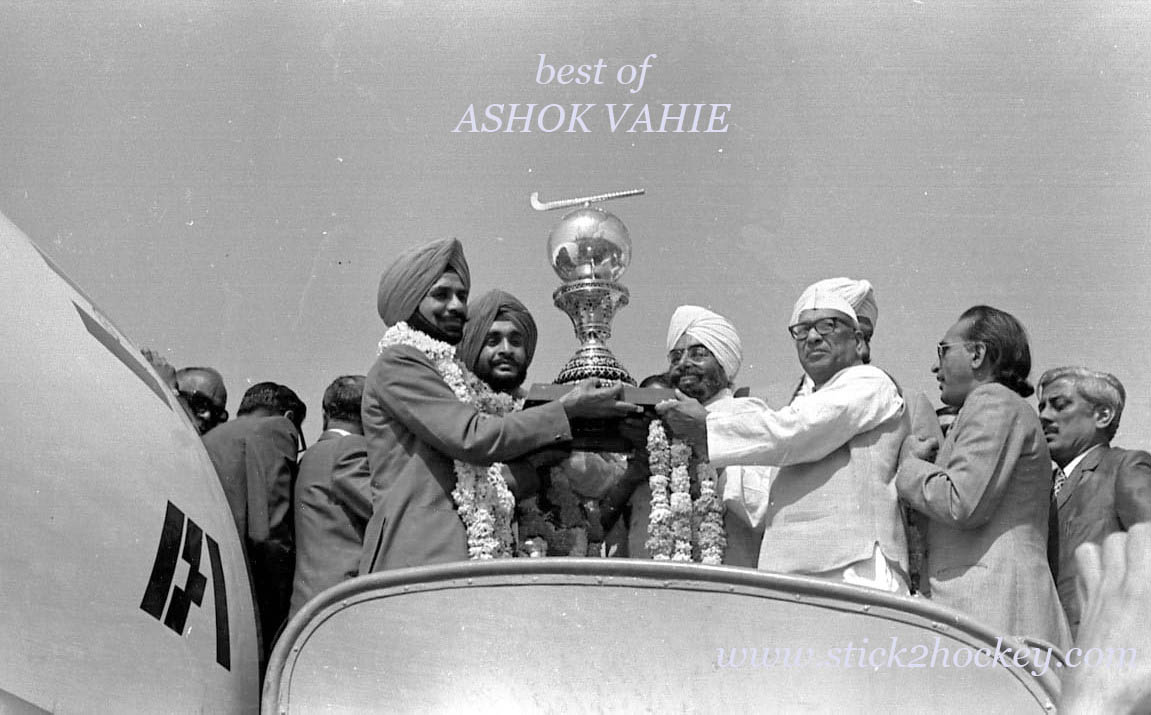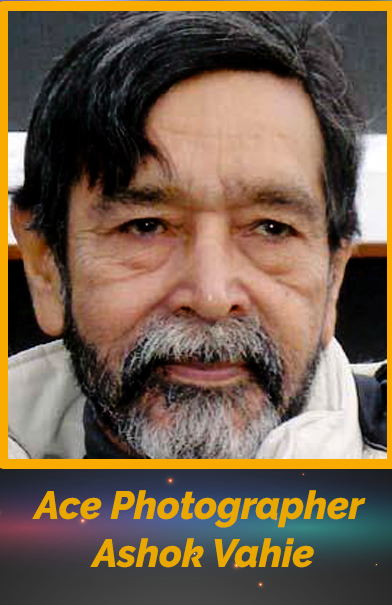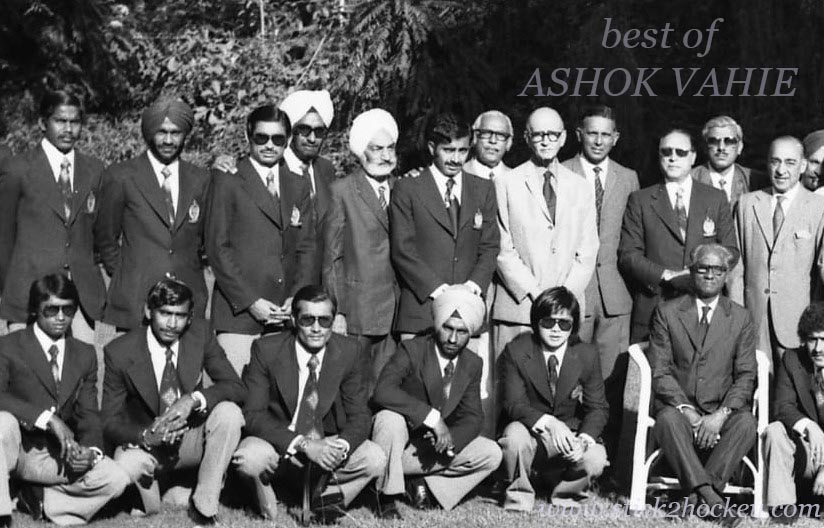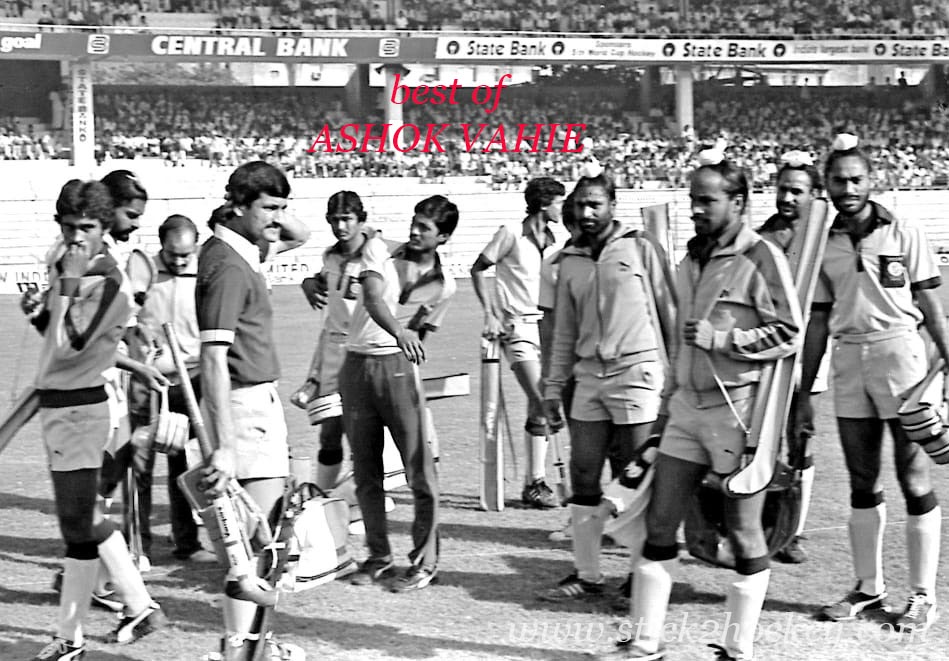News for 02 January 2021
All the news for Saturday 2 January 2021
The day Ireland silenced over 60,000 in Wembley
Jenny Redpath, Annette Fortune and Claudia Tierney reflect on the day Ireland shocked a Superstar-laden England in front of a bumper crowd in Wembley
Ireland celebrate Margaret Gleghorne’s winning goal
“To beat England at all is pretty noteworthy… but to achieve the feat at Wembley is really something out of this world.”
So goes Vera McWeeney’s Irish Times report of one of Irish hockey’s most famous days.
With the sad passing of Hockey Ireland Hall of Famer Anne Laing in late March this year, lockdown gave some time to sift through the annals of the inductees with one date a recurring entry: March 10th, 1973.
Laing was the original shot-stopper from Larne, a mantle she gladly handed over to Ayeisha McFerran after the 2018 World Cup.
Her performance against England was close to being her swansong after 13 years and 32 caps and was certainly among her most memorable of a fine career.
“What can one say about Miss Laing?” McWeeney continued. “She had our hearts in our mouths on occasion as she appeared to have been beaten completely yet, somehow or other, she made her clearances or conceded corners but only once let the ball through legally.”
Fresh-faced 16-year-old Maggie Gleghorne, on debut, struck with 10 minutes left to nick a 2-1 win at the home of English football, silencing well over 60,000 – other estimates pegged it at over 80,000 – shrieking schoolgirls with just a pocket of Irish kids filling the void.
Golden era
It kickstarted a golden era that would lead to an Intercontinental Cup title, two World Cup appearances and the 1977 Triple Crown.
No doubt many of the World Cup heroes of 2018 will soon join the likes of Laing and Gleghorne – and Jenny Givan and Gwen Doherty – in the Hall of Fame. The London setting provides a neat piece of symmetry to a special moment in front of one of the biggest crowds in women’s hockey history anywhere in the world.
From 1951 to 1991, Wembley opened its doors to hockey for one day in March. Buses hoovered up schoolgirls from every corner of England – a St Trinian’s style army in full uniform – with the intention of making as much noise as possible on their daytrip.
The organisers were aware it could get raucous; the programme book politely requested “everyone can see and enjoy it only if all STAY IN THEIR SEATS”, adding “please remember too much noise is distracting for the players”.
Few paid attention with Top of the Pops presenter Ed “Stewpot” Stewart whipping up the decibel level in a pre-match disco. For the players, it created a surreal setting.
Waiting in the wings, a silver-service fish and chip lunch was being digested in the dining hall under the stand with the noise rumbling above in the stands.
“Even in the tunnel, the noise was deafening,” Jenny Redpath (née Givan) remembers. “It’s difficult to describe; it was like birds shrieking – so high-pitched; it sort of overtook your mind.
“After the national anthems, we were introduced to Roger Bannister. I was standing next to Margaret Gleghorne and both of us were crying. All I could think of was we were supposed to be playing an international here and there are tears flowing down my face.”
Ireland had been the willing guests on three previous Wembley editions, each ending with defeat by an ever-increasing scoreline; 1967 ended in a 7-1 wash-out.
England were an imposing force and would go on to win an IWHFA world championship in 1975; they were led by a genuine Superstar in Val Robinson; in addition to playing for England for 20 years, she won the 1979 and 1981 series of multi-sport television show Superstars.
And they duly looked set to dish out a customary battering.
“England bombarded us,” Redpath said. “I was standing on the pitch and just admiring the pace of the England forwards. I wasn’t really involved in the game; it was like outer-body stuff, watching these fantastic athletes running riot.
“Val Robinson scored and that was us 1-0 down and I still didn’t feel part of it! I thought we were going to be slaughtered!”
But, by fair means and foul, they dug in. Marie Bartlett showed a bit of divilment, saving illegally with her shins. No yellow cards or sin-bins, only a penalty bully which her fellow Limerick woman Gwen Doherty stormed out to block.
“That flicked the switch in my head; the crowd was gone, I didn’t hear them again and was immersed in the match, dropping to a hum or a buzz and I got my focus,” Redpath said of the turning point.
Alison Greer tore up the right, laid up for Redpath who eluded two tackles and slipped in a picture-perfect finish just before half-time.
The English onslaught continued after the break but – with generous help from the woodwork – Ireland clung on until Miss Gleghorne inched her way through and reverse-sticked the ball home. 
The small batch of Irish fans
For the players a blur, for the crowd, the shrill tones disappeared but for a small troupe of Irish fans in the rafters with a dozen-strong troupe from Mount Anville among them.
Annette Fortune – a contemporary of Gleghorne’s from Irish schools’ trials – said the clincher was a suitably bizarre end to a weird weekend.
“We were all a bit bamboozled. We were right up in the rafters and you could barely make out the ball. You were hit by this wall of noise but, up till the second goal, they were all just screaming hysterically all the way through… [after the goal] it was the most enjoyable silence!”
Not for the first time the girls from the Sacred Heart school were feeling awkwardly out of place.
A day earlier, the group had arrived too early to the digs with Jesuit priests and so had to kill time. They stumbled on a cinema screening of Prudence and the Pill – a risqué comedy featuring five couples trying to avoid pregnancy by using contraceptive pills.
It was quite the eye-opener for group leader Claudia Tierney – in her first year as a PE teacher – who took on the main role after Yvonne Menton fell ill a couple of days before the big trip.
“People would look at you today like you had two heads when you think of the health and safety, taking a boat and a train. There was no debate; I was just gone 22 but I was allowed travel on my own with the team.
“One of the nuns from the school organised a place connected to an order of some Jesuit priests she knew for us to stay. We arrived early in London on the train and had to kill time; no smart phones or anything like that so we went to a Wimpy, got our burger and chips, and then the cinema!
“Off we go to the match the next day. What I remember most was the packed tube going back to London. I got a shout to say ‘Flanagan’s not on the train’. If that happened to me now, I would pull the emergency chord!
“We arrive at Euston station, not knowing whether to go back or what. And there she was at the top of the escalator! I was never so relieved.
“At the game, we were so far up in the air, it was impossible to see the match. Those were the days of the ball being rolled in for the sideline, bullies on the 25 and you wonder how a goal was ever scored with three people behind for the offside rule!” 
Legacy
Ireland survived the longest 10 minutes of their lives, holding on for that precious 2-1 success. In the context of the Triple Crown, it proved moot with Scotland not travelling to Limerick due to the Troubles in Belfast.
But the occasion remains vivid in the memory.
“I’d love to see it all again but it doesn’t really matter,” Redpath said. “It is all still in my head. Gwen’s penalty save was the major turning point; the goalkeeper was fantastic – totally unorthodox. Marie running out at corners and nothing but nothing was getting past her that day.
“It was the big one! We only got to play there once every five or six years. There was nothing like it. We did end up winning a Triple Crown in 1977 at Londonbridge Road and there was a good crowd but nothing to compare!”
Perhaps it sits more prominently in the memory for Redpath given she missed out on the Olympic Games, too – she was eligible and in training to play for Great Britain in the Olympics in 1980 until the Moscow boycott.
She feels, with the recent Irish women’s successes, the time is right to take a risk and try to recreate these halcyon days.
“It is a fixture I would love to see resurrected again. Especially having seen the girls at Donnybrook at the rugby pitch, it is something we can do – hold a major match once a year to entice 15 or 20,000 people along.
“We are crying out for top matches now and if we can replicate that whole experience, it would be excellent.”
The Hook
Vahie: Clicking with Hockey for a lifetime
K ARUMUGAM
Iconic moment of 1975 World Cup winning team landing in Delhi airport. Iconic Balbir Singh, captain Ajit Pal and then Punjab Chief Minister Giani Jail Singh captured by iconic Vahie
I used to see him on the sidelines of hockey pitches from the early 1990s when I moved to Delhi. Most Delhiites must have seen around the stadium, in the stands and other places since the 1970s. He certainly was a fixture when it came to the ball-and-stick game. Probably no hockey event took place without his presence in Delhi and there was no escaping his roving but affectionate cameras.
I am talking about the Rahul Rai of hockey, Ashok Vahie, whose passion for the sport goes beyond profession.
That was why his small office, located within a kilometre of the iconic Shivaji Stadium in Connaught Place in Central Delhi turned out to be every hockey player’s most liked and a must-visit destination.
“I could say beforehand who exactly would turn up at my work place after the matches. I am happy many players found something in me and my interaction and developed a personal touch,” says Vahie who is full of zest for life.
BP Govinda, the icon and star of yesteryear, was adamant that only Vahiesaab click his wedding photos and took him to Bengaluru for the big day!
He was passionate about hockey but players were passionate about his photos and the personal warmth he oozed on them. Perfect geometry one may say.
That’s the rapport the photographer, who is the last resort for the second generation of former players, to view their elders – father, brother, sister, mother or guardian — when they were rising stars.
Always graceful
Many players have become akin to family like Sukhbir Singh Grewal and Arvind Chhabra to name a few.
His lenses captured anything and everything hockey in the Capital for almost five decades. Be it Nehru Cup competitions, international tournaments, Rashtrapati Award functions and other events, Vahie and his beloved camera were sure to be seen there.
No chronicle on Indian hockey for the last 50 years could do without the images he had shot. His photos make for the speaking history of Indian hockey.
Fittingly, he organized his photo exhibitions — once in Delhi and then Chandigarh — which drew wide publicity and acclaim.
As a true press photographer, Vahiesaab, as he is known to many, clicked other sports, political events highlight of which is 3-day non-stop 1984 anti-Sikh riots. His Vahie News Photo is still the much wanted one for all these rare images. These genres have their own story to tell.
His hockey images are the ones that delight us the most, though.
1936 Berlin Olympians Dhyan Chand and AIS Dara in one frame, with Dhyan son Ashok Kumar (far left sitting). Two eras, two generation, but one photographer, Vahie
He toured Bombay, now Mumbai, in 1975 to shoot the World Cup winning team vs Cine Stars match staged at the Wankhede stadium before a sell-out crowd.
A google search for 1975 World Cup images finds his shots prominently. Sadly, however, he doesn’t get the credit he deserves as photos were devoid of watermarks.
Vahie’s hallmark was giving away everything for the benefit of the sport he loved the most.
Dhyan Chand images too speak for his exclusivity in the internet era without him getting his due. The 1982 Asian Games images, the Shivaji Stadium events in front of its original stands which were renovated twice and, among countless others, one with all Balbirs together in a single frame. The list of immortal moments he clicked are too long to mention here.
Vahie shot inter alia 1981-82 World Cup (above), 2010 World Cup, Asian Games (1982), Asia Cups etc
“The biggest joy in my life is how players like me, love me and respect me. I don’t need anything beyond this,” he once declared.
Vahie says he has closed down his Bhagat Singh studio which did much to foster hockey and is in many ways a legacy for the game and its fraternity.
His images are not time bound. They will live forever.
Vahie announced retirement last week in his social media post. He will no longer be available in his Bhagat Singh Market office.
With the dawn of the new year, he seeks a quiet life. However, it’s a matter of satisfaction and a measure of his love for his images that he will perhaps find able successors to extend his legacy in the digital age.
Thank you Vahiesaab for what you have contributed to hockey.
Stick2Hockey.com